How to plan a bikepacking route, with Markus Stitz
We spoke to professional route designer Markus Stitz to learn how to plan the perfect bikepacking route
James Howell-Jones
Junior Writer
© GCN
Bikepacking in Scotland
Bikepacking is often seen as the epitome of free-spirited adventure, but successful trips require thorough preparation and careful forethought, and nowhere is this more important than in the route planning. To find out how to craft the perfect getaway, GCN has enlisted the help of Markus Stitz, a route designer and adventure cyclist based in Edinburgh, Scotland.
After becoming the first person to cycle around the world on a single-speed bike in 2016, he returned to Scotland and founded Bikepacking Scotland, which has had no small part in establishing Scotland as the gravel and adventure cycling destination it is known as today.
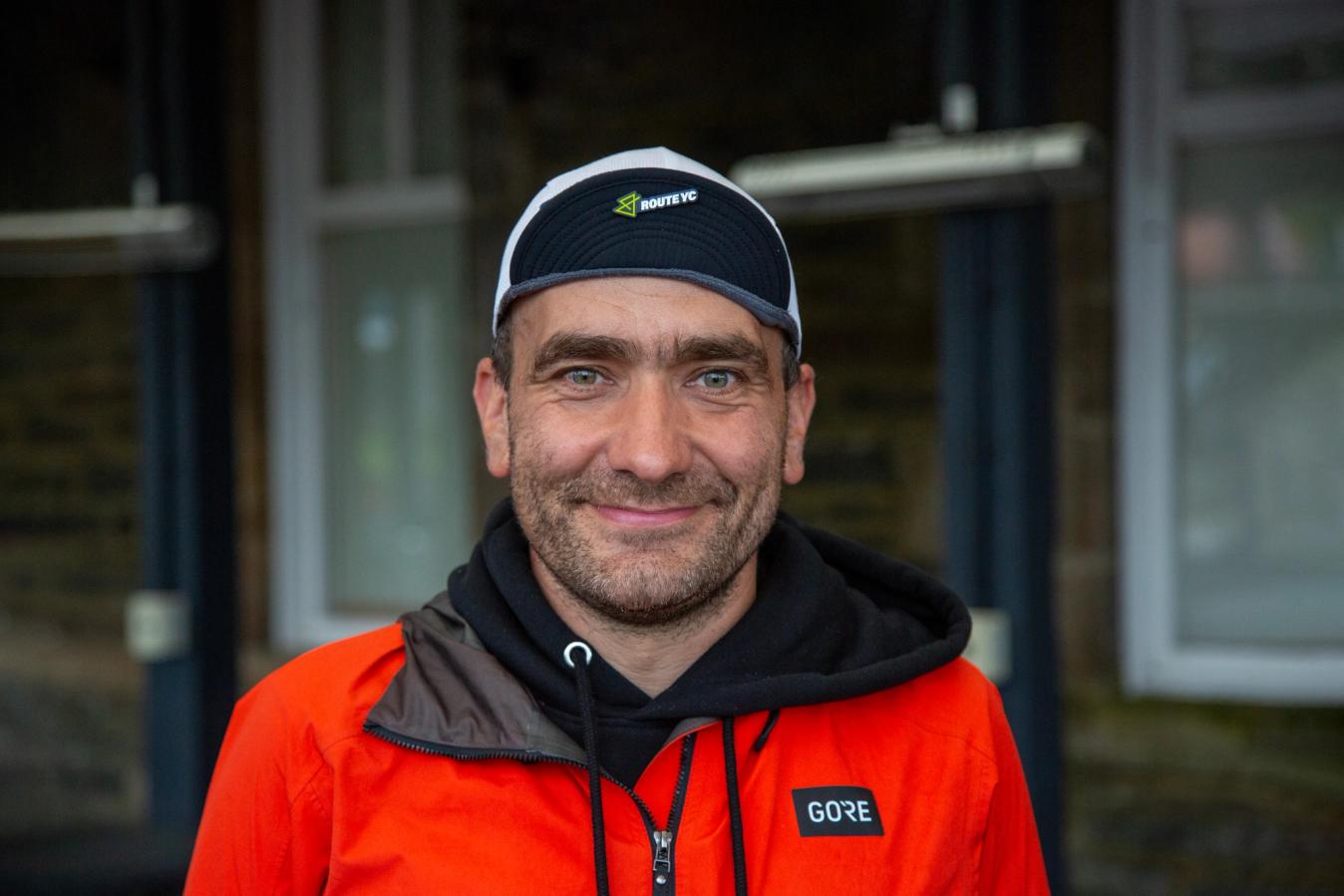
© GCN
Markus Stitz at his event, the Dunoon Dash, in Scotland
It’s thanks to Stitz’s well-researched and expertly constructed routes that Highland Perthshire, Argyll, East Lothian and the Scottish Borders have found themselves on many an adventure cyclist’s bucket list in recent years. Stitz is the author of Great British Gravel Rides and Bikepacking Scotland, and co-author of Big Rides.
We caught up with Stitz at the recent Dunoon Dash event in Scotland, talking everything from finding inspiration to finding food and shelter. With Stitz's expertise, we’ll walk you through the process, from getting in the right mindset, to picking a region, crafting a story, and getting the practical stuff right, too.
- Read more: Beginners' guide to bikepacking
Use an existing route or plan your own?
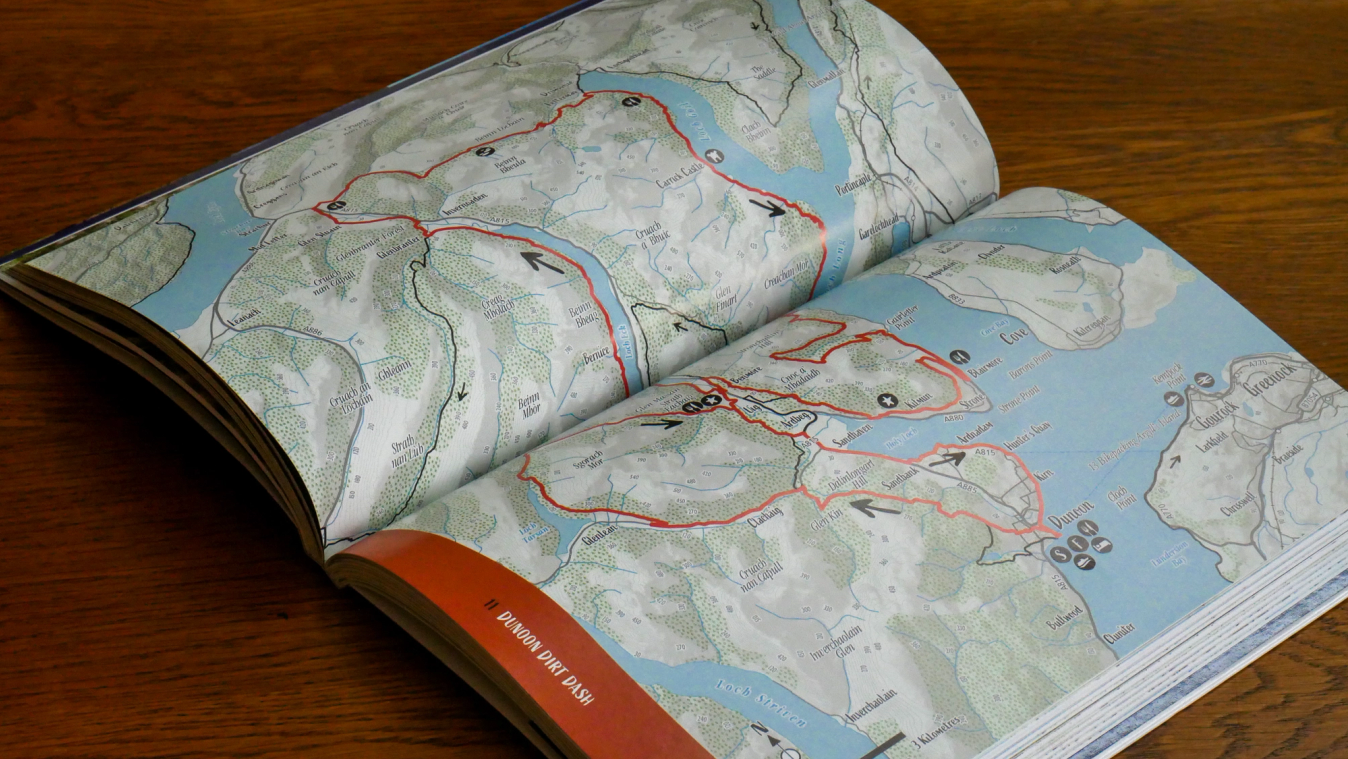
© GCN
Route books are full of ideas – they're also a joy to flick through
If you want to save yourself a lot of work, dig into the enormous archive of existing bikepacking routes in books and on the internet.
By choosing a pre-existing route, you can benefit from the experience and experimentation of people like Stitz, who scour the landscape, both on the map and on their bikes, to make sure their routes pass through the best trails and most beautiful landscapes.
Finding the best route resources is location dependent. Of course, for Scotland, there are the routes that Stitz has designed, which he’s shared between his website bikepackingscotland.com and his book, Bikepacking Scotland.
For the rest of the world, look at Bikepacking.com. It has an enormous library of routes in every corner of the globe, as well as good information on packing your bike and planning.
How to plan your own bikepacking route
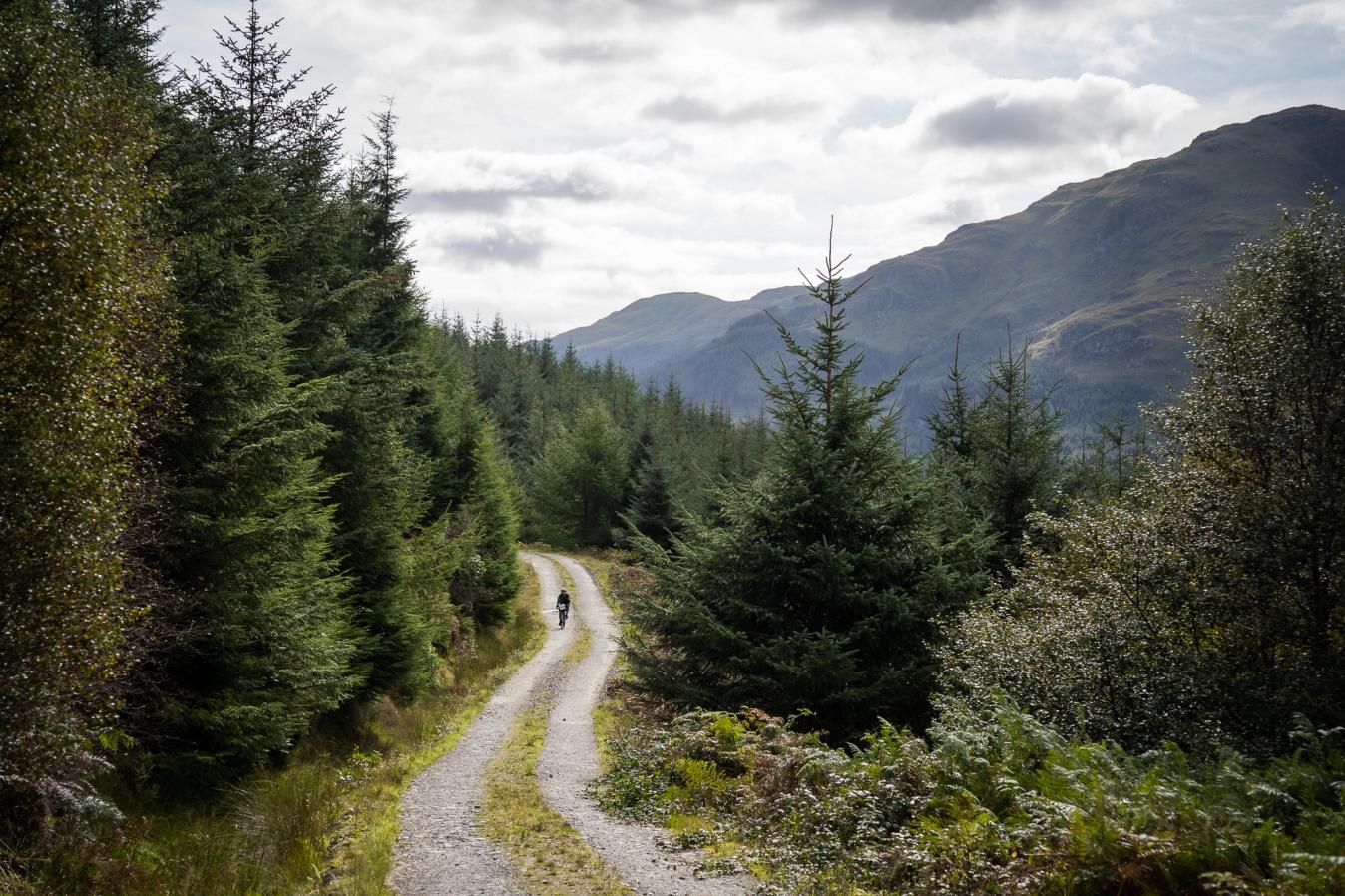
© Markus Stitz
Bikepacking in Scotland
If you’d rather plan your own route, or if no route exists for the place you’d like to visit, here’s how to do it.
Get in the right mindset
As Stitz says, “bikepacking is a great way to move at a reasonable speed through some stunning landscapes, stop at a nice cafe, and explore the history of a place.”
We cyclists can get carried away trying to accrue bragging rights. When you’re planning a bikepacking trip, though, try to forget about how good the numbers look on a Strava post and focus instead on seeing the best of wherever it is you’re going.
Start small, but not too small
If you’re planning your first bikepacking trip, don’t bite off more than you can chew straight away. The pace of bikepacking is quite different to normal riding. Heavy, loaded bikes will slow your speed right down, and camping can take a surprising amount of time and energy each day. Then there’s the daily search for food, the time you might spend fixing punctures, and the time you’ll want to spend enjoying the views, food and culture.
If you’re just getting started then, start small. Everyone’s idea of an ‘achievable’ mileage is unique to them, but keep your daily mileage well within your limits. In time, you’ll be able to go further with each trip, but only when you’ve had a bit more practice getting all your camping gear back in its respective bags in the morning!
Of course, a single night away is the easiest way to start, but Stitz says that to get a true taste of bikepacking, it's best to try two nights away.
“Two nights is a good length because the first night, you need to get comfortable with things and ease into things. By the second night, things are working much better”.
As well as giving you a bit more time to settle into the rhythm of bikepacking, two nights away will give you a clear day of riding without having to worry about travelling to and from the route. It’ll also give you consecutive nights outdoors, which will teach you what it takes to stay clean, dry and organised night after night.
Read more: Cycling UK unveil new gravel bikepacking route in North Wales, UK
Where can you get to on public transport?
Markus urges everyone to plan bikepacking routes that can be reached without the need to drive, wherever possible. Speaking of his current project, a route he’s being commissioned to design in Yorkshire, he said: “The first thing I did is look at the key train routes people can get into the area."
You really don’t need to travel far to find a good bikepacking route. In fact, during the pandemic, Stitz worked with around-the-world record holder Mark Beaumont to develop a set of routes called Explore Your Boundaries, all of which were self-contained within their own local authority regions in Scotland.
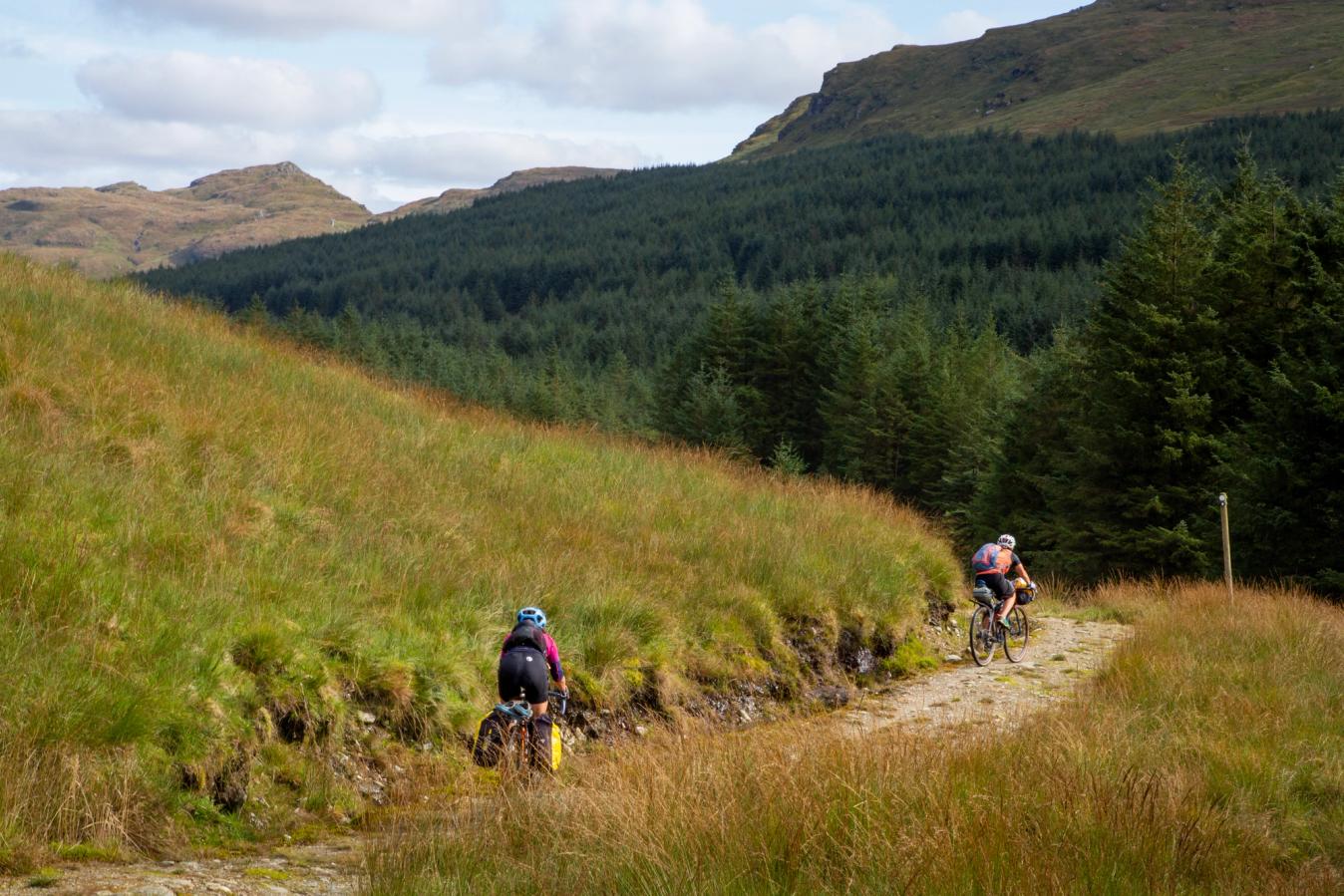
© GCN
Bikepacking in Scotland
Consider your impact, both on the environment and local communities
When you’re looking at the map, thinking of where to go, Stitz encourages us to consider our impact, both positive and negative, on the places we visit. Of course, everything we do comes with an environmental impact, but by using environmentally responsible modes of transport and treating the landscape with respect, we can minimise that.
Then, there’s our potential to have a positive impact on the places we visit. When Stitz plans a route, he’s aware that hundreds of people will likely follow it in the coming months and years. Over time, that can have a measurable impact on local economies, especially in further flung regions.
While we might just be planning a route for ourselves, it’s still worth considering how we’ll impact the areas we visit. Will we be contributing to the problem in areas that are suffering from over tourism, or will we be putting money into the pocket of communities that lie off the beaten track?
We spoke to Stitz in Dunoon, a small town on the Cowal peninsula in Scotland, the hub for Stitz and Charlie Hobb’s event, the Dunoon Dash. Of Dunoon, Stitz said, “they want visitors, they need visitors, and bikepacking is a great way to get people here”.
Look for a story or theme
Once you’ve got a region in mind, you’re ready to start planning the route. For Stitz, the first thing to understand is what makes the area special. Stitz says to “look at unique features of the region, history, or special roads”.
Some of the best bikepacking trails are based on ancient trails, and depending on where in the world you’re planning your route, that could be a Roman road, a mediaeval trading route, or a pilgrim’s trail.
Stitz says that if he’s planning a route in Scotland, “the first point of call for me is to go to the Heritage Paths website”. In Scotland, there are countless ‘drove roads’ – routes used for hundreds of years by cattle herders as they moved their herds from the lowlands to the highlands every spring and back again in autumn.
“They’re great, because if 600 cattle can travel over that route, a bike can as well”, says Stitz.
If ancient trails aren’t your thing, look for other themes and features to tie a route together with. Sometimes, that can be a geographical feature or a local speciality.
“If you look at all my routes, they have a story to them”, Stitz told GCN.
Theme ideas for your next bikepacking trip
- Follow a geographical feature, whether that’s a river, a mountain range, a coast or a border
- Experience the best of the local culture and produce, hopping between breweries, galleries, restaurants or distilleries
- Spin a historical narrative, joining ruins, or following in the footsteps of a historical figure or character
- Link up a few trail centres
- Ride from one city to another
The practical considerations: where are you going to sleep, eat and resupply?
So you know where you’re going, and you’ve got a theme or story for your route. Next, you need to think about the practical stuff. Where are you going to sleep, what are you going to eat, and where are you going to stock up on food?
To work this out, make an estimate for your daily mileage, and scope out somewhere to sleep at the point you think you’ll reach at the end of each day. If you’re staying indoors, be that at a hotel, B&B, apartment or even a bothy, you’ll need to stick to that plan. If you’re camping, you can be a bit more flexible with your mileage each day.
Planning a camp spot
Finding somewhere to stealthily pitch a tent or roll out a bivvy bag is surprisingly easy, once you’re out on the trails. All you need is a flat spot, away from a noisy or bright road, and well out of the way of any hazards. The edge of a field works well, as does a woodland or beach (if you stay above the high tide mark).
To find potential spots when route planning, Google Maps satellite view is a good resource. From a bird’s eye view, you’ll be able to spot the patches of green that look the most wild and unkept – generally speaking, these are the most relaxing ones to pitch a tent on.
When planning, you probably won't be able to pick your spot exactly. Just plan to end your ride in the kind of location where you're likely to get a bit of peace and quiet. Look for dark green patches on the map, or areas that are away from towns and houses.
Planning to feed yourself
Then, there’s the matter of feeding yourself. Stitz says that although you can carry everything you need from the beginning of a trip, most people don’t want to lug around tonight’s dinner for the day.
“You can encourage people to take their own food, but the majority of people just don’t do that.”
Bikepacking bags often only have enough room for your camping gear and a few snacks, and it’s a pain carrying more than you need.
Instead, you can either eat out, or cook for yourself. If you’re relying on restaurants, you’ll likely need to end your ride in a town, which may limit your ability to find a good camping spot. If you’re cooking, plan to pass by a shop towards the end of each day. That’ll give you a chance to load up on ingredients, which usually need to be strapped precariously to the outside of bags and shoved in jersey pockets for the final few kilometres.
How to build the route
We’ve covered the big ideas, now for the matter of actually creating the route.
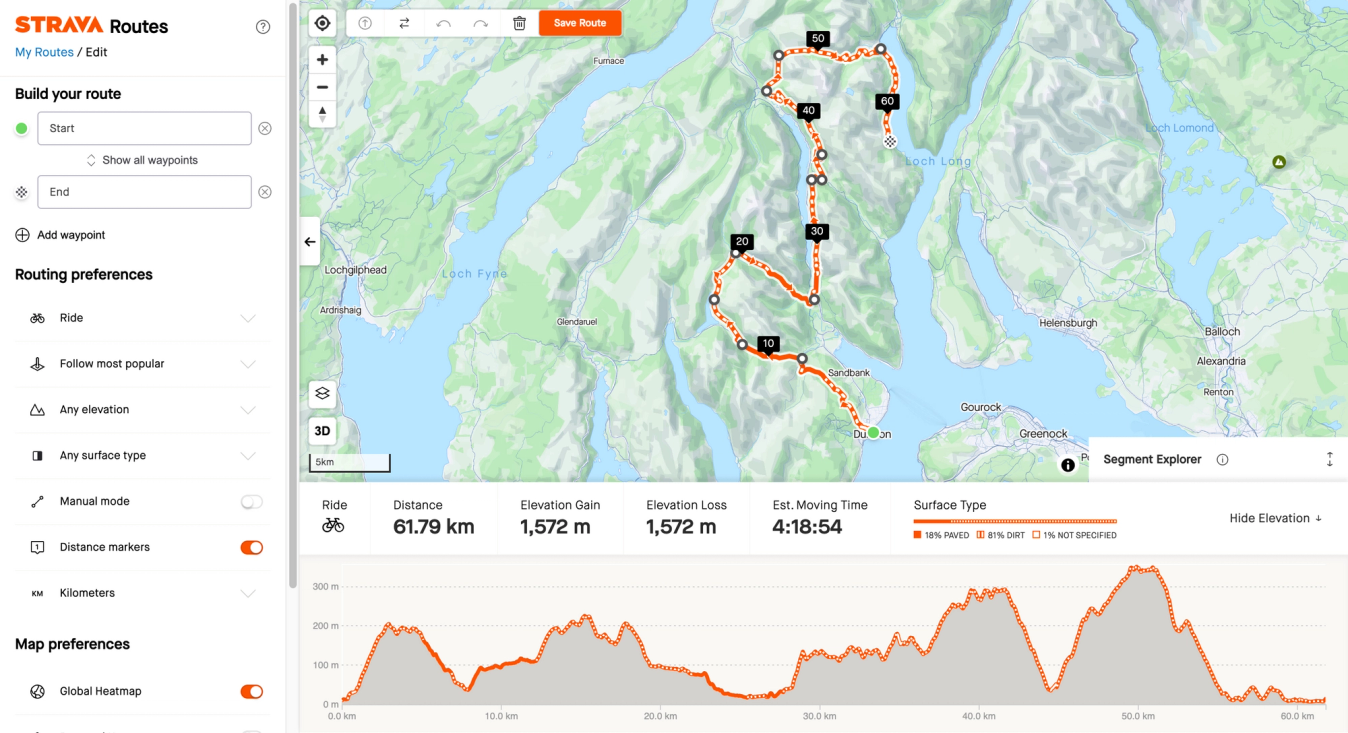
© Strava
Strava's route-building software is easy to use and detailed
Use a route-building software
There are so many route-building softwares and programs designed for cycling, but we’d suggest our partner Strava. The maps are tailored for the needs of cyclists, and allow you to zoom in very close to see small trails and paths.
Strava's 'heatmap' system – available to Premium subscribers – is particularly useful. It shows where others have ridden, and how popular any given trail is. It's great for assessing the ride-ability of certain trails , even if they aren't officially registered on a map.
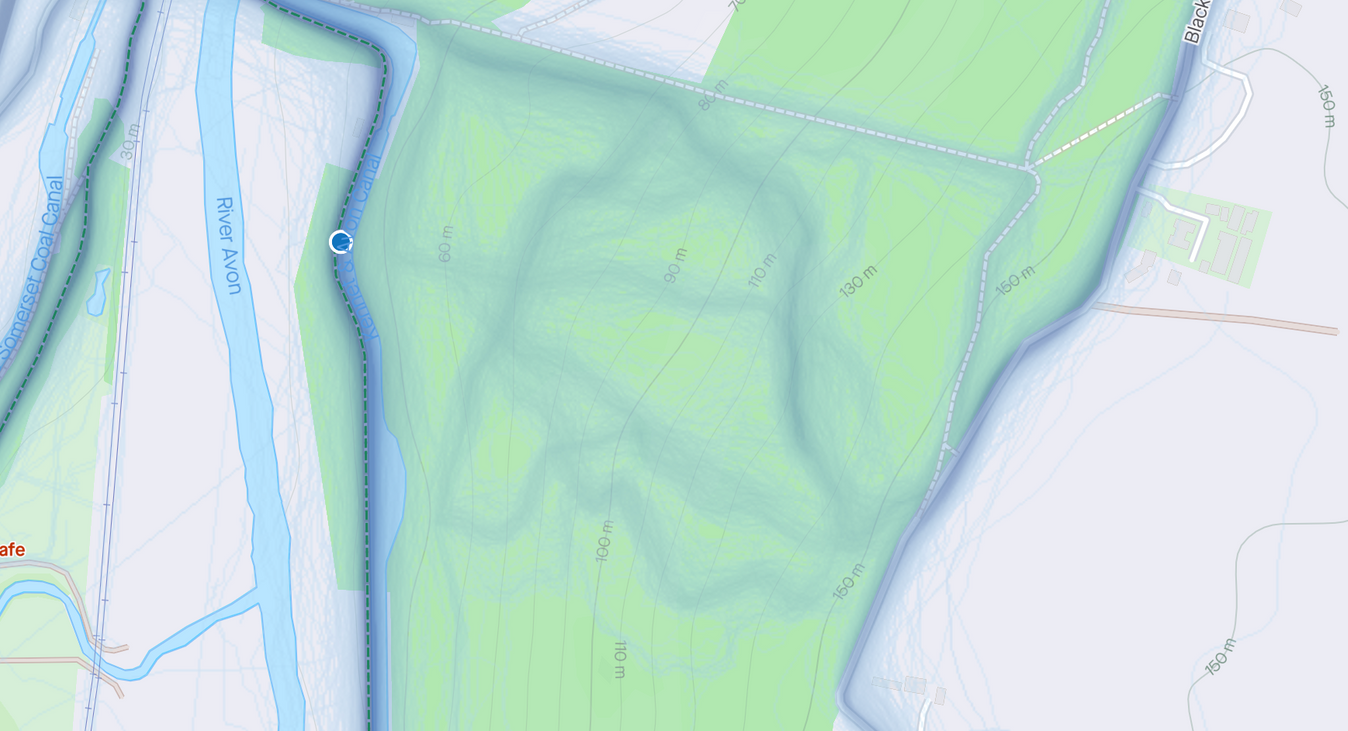
© Strava
Heatmaps is great for finding the best trails, even the unofficial ones
Look for access roads
The type of trails that are accessible on a bike will vary depending on where you are in the world, but if there is an industry like logging, farming or wind power in the region you're visiting, there might be some access roads you can ride on.
If not, look for shared-use paths – in the UK we'd call that a bridleway.
Whatever kind of trail you find, the key is to look at what’s already there. As Stitz says, “there’s no point reinventing the wheel”.
“Look at the stuff which is already there and connect it in meaningful ways," he adds.
Unpaved road finders that might come in handy:
- For finding gravel roads and trails, look at Gravel Map
- For mountain bike trails ranging from official trails to informal dug trails, look at Trailforks.

© GCN
Scotland's forest access roads are built for heavy machinery, and are great on a gravel bike
Give yourself a ‘chicken run’
If something goes wrong, or if you decide to take things slower than expected, you might find yourself struggling for time towards the end of the route. Give yourself opportunities to cut the route short, either by including loops that can be bypassed or by passing train stations that could take you home.
Finally, don't let planning stop you
Follow this process and you’re sure to produce a bikepacking route as shareable as the ones produced by professionals like Markus Stitz.
Remember to keep things achievable, especially for those first few trips. As Stitz says, bikepacking is about getting outside and exploring the history and landscape of a region, not about flogging yourself on the bike. Make it challenging, but enjoyable.
Finally, whilst it's great to be prepared, Stitz warns that planning can become a reason not to do something:
As he puts it, "don't be that person who says, 'I'm going to do it, I'm going to do it', and in the end of the day it's never going to happen."
If you’d like to benefit from the years of hard work and exploration that Stitz has put into his routes, check out his books, Great British Gravel Rides and Bikepacking Scotland, or have a look at his archive of free-to-view routes on bikepackingscotland.com.
Latest Videos
1The Perfect Bike, Rusty Drivetrains & Narrow Bars | GCN Tech Clinic

2Is A Cyclist's Body A Healthy Body? | GCN Show Ep. 589

3More Hot Tech From America’s Biggest Bike Show

4Pogačar Dominates Liège And A Popular Winner Of Flèche | Racing News Show

5Intense Interval Blast | 15 Minute Indoor Cycling Workout

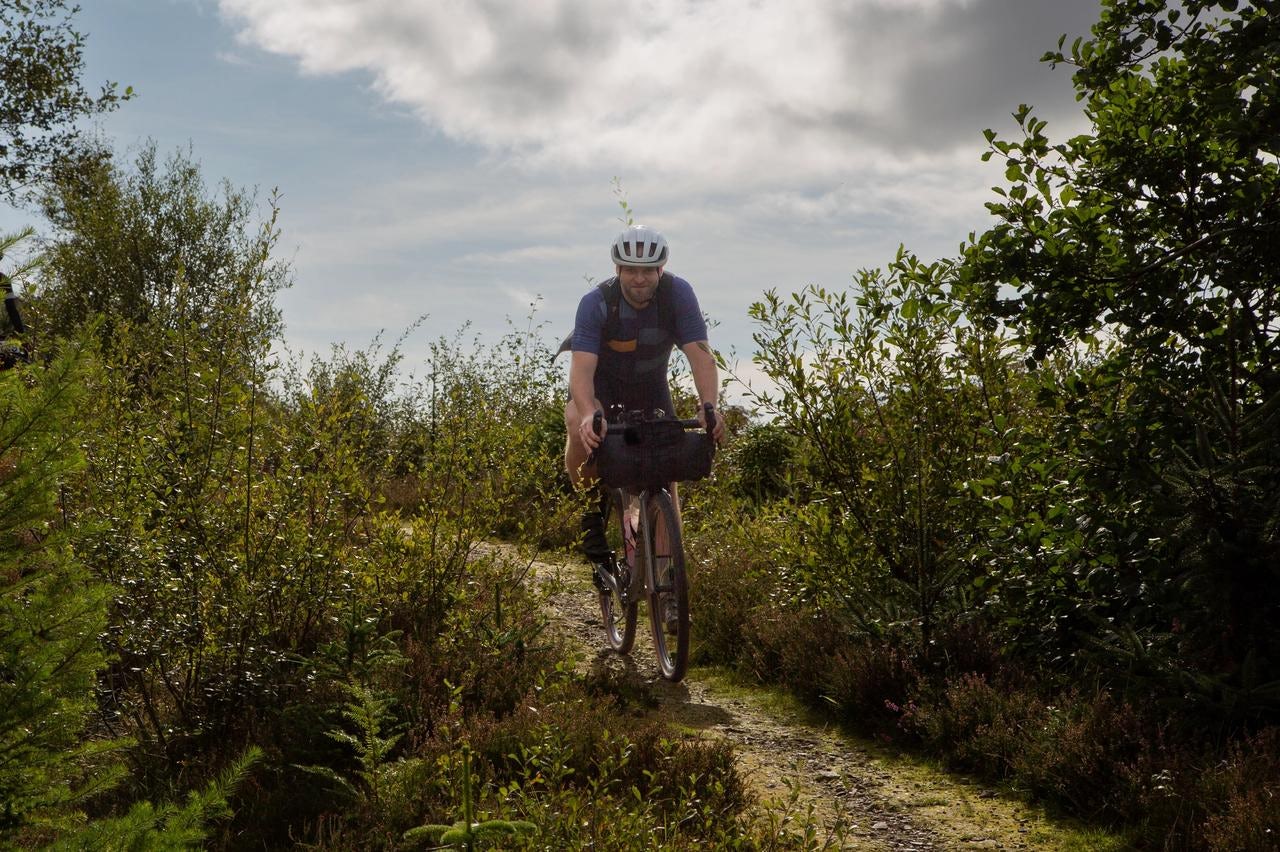

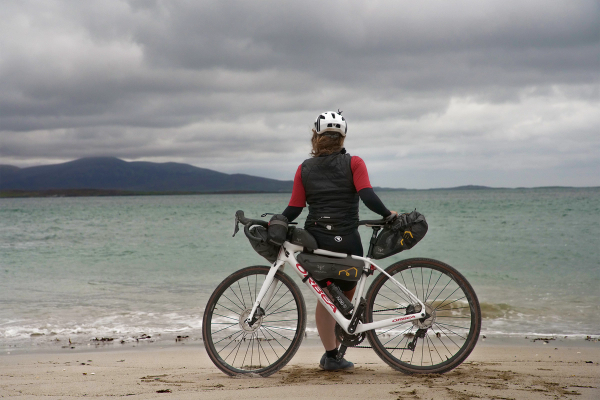
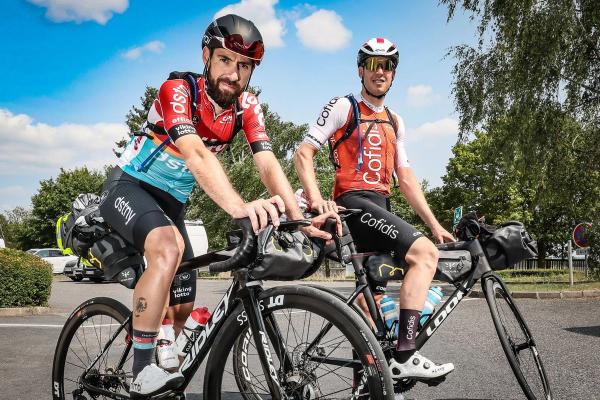
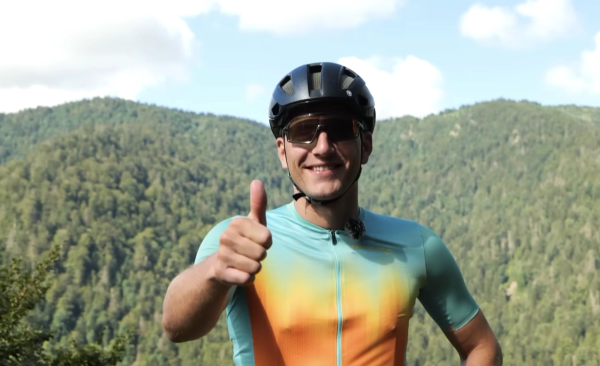
.jpeg?w=600&auto=format)